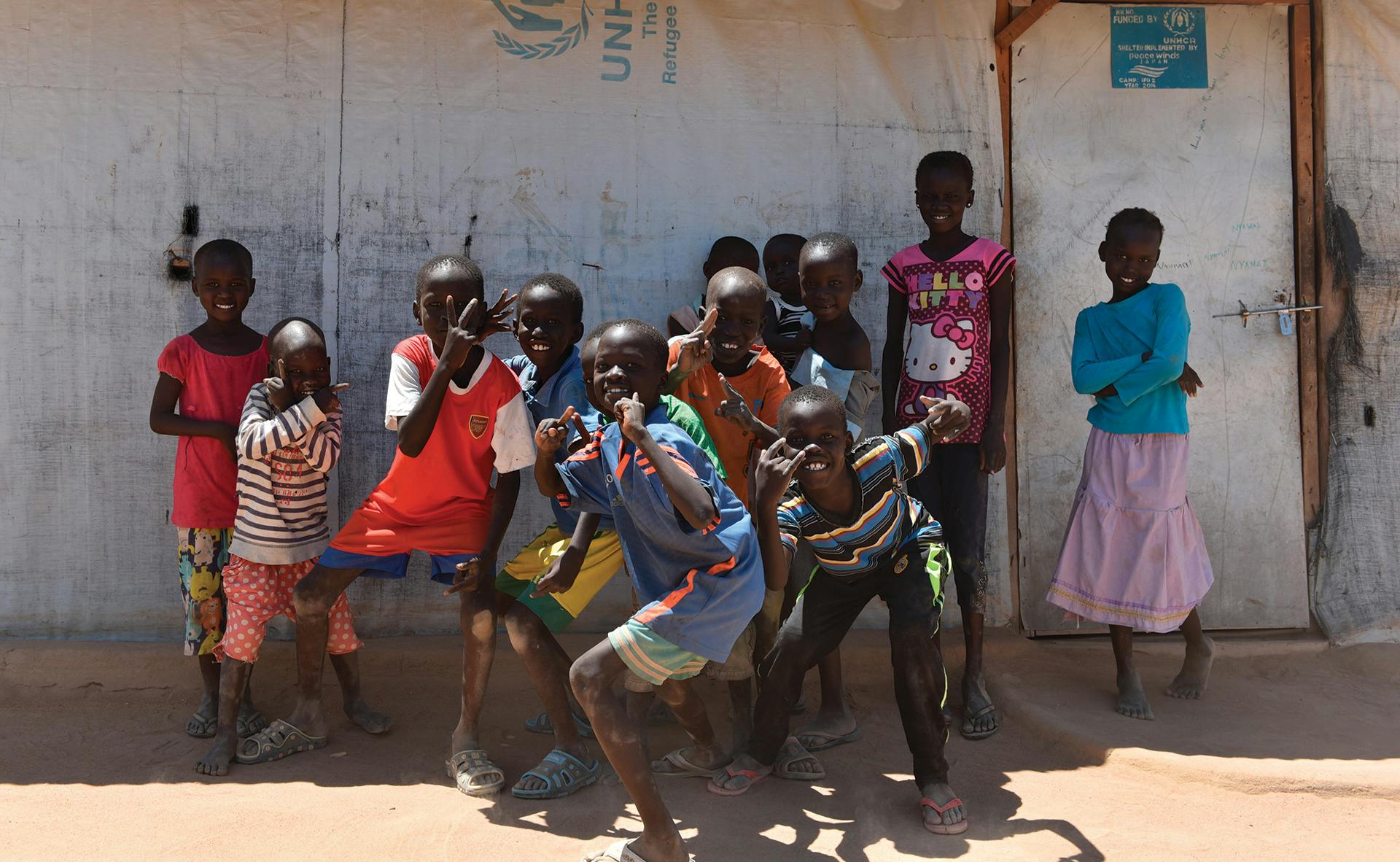Originally established in 2011 as part of the growing Dadaab Refugee Complex for Somalian refugees in Kenya, the Ifo2 camp was consolidated and closed in May 2018. Now, the Kenya Red Cross Society is transforming Ifo2 into a farm in the desert.
In 2014, the Red Cross installed solar panels to power a water pump in the nearby Saretho village, which lies between Garissa and Dadaab. That pump can produce 8,454 gallons (32,000 liters) of water per hour, and a similar pump will provide water for the desert farm. The Society has successfully irrigated, tilled, and planted 75 acres so far. These acres will soon produce bananas, kale, mangoes, pawpaw, tomatoes, and watermelon.
Ultimately, the Society plans to farm hundreds of acres, some of which will be planted with fast-growing alfalfa to provide food for livestock and sustain them during droughts. This type of alfalfa is ready for harvest within 30 days. The goal of the project is to encourage farmers to grow food crops to supplement their income from raising livestock. Project leaders hope that their plan will prevent cattle and sheep farmers from facing ruin because of drought. By learning to grow food crops, they can rely on their food harvests when their primary food supply sources have shortages. Since drought is common in this part of Kenya, the transformation of Ifo2 into a desert farm that can thrive without rain is a monumental achievement.












